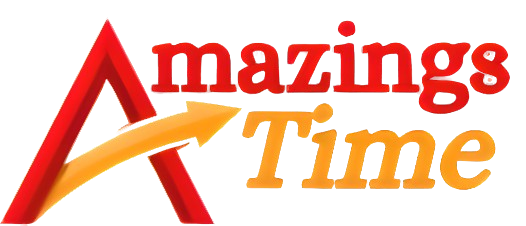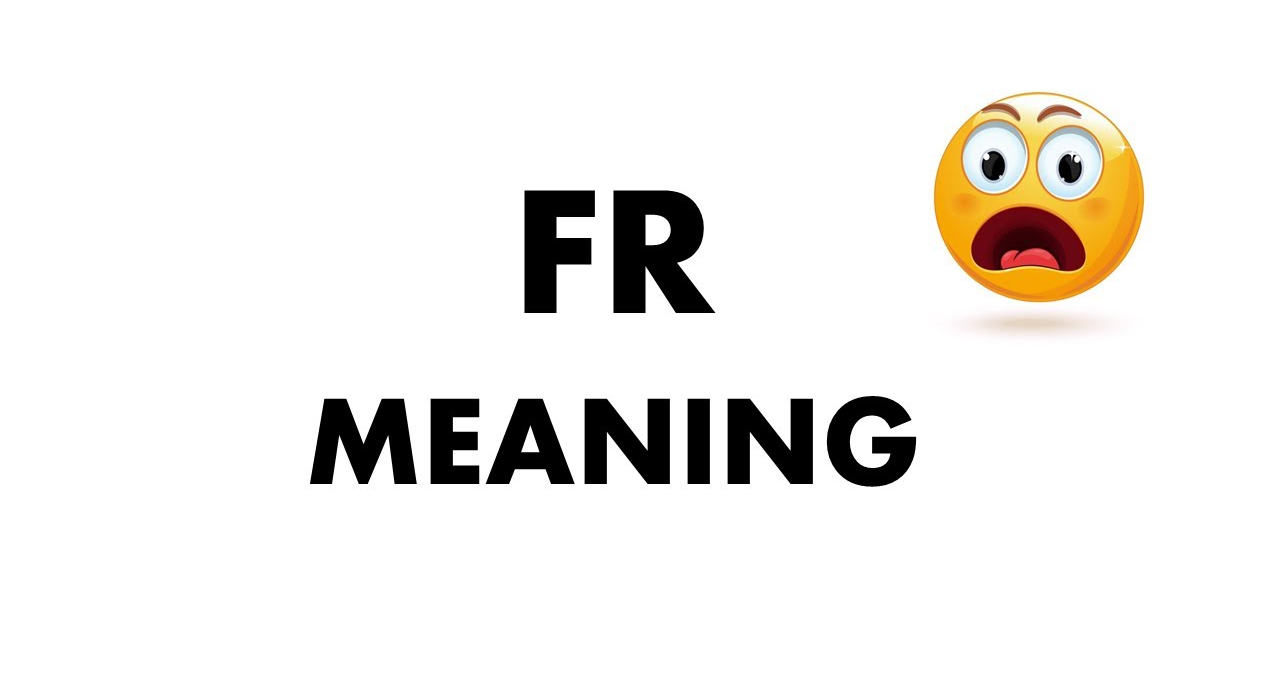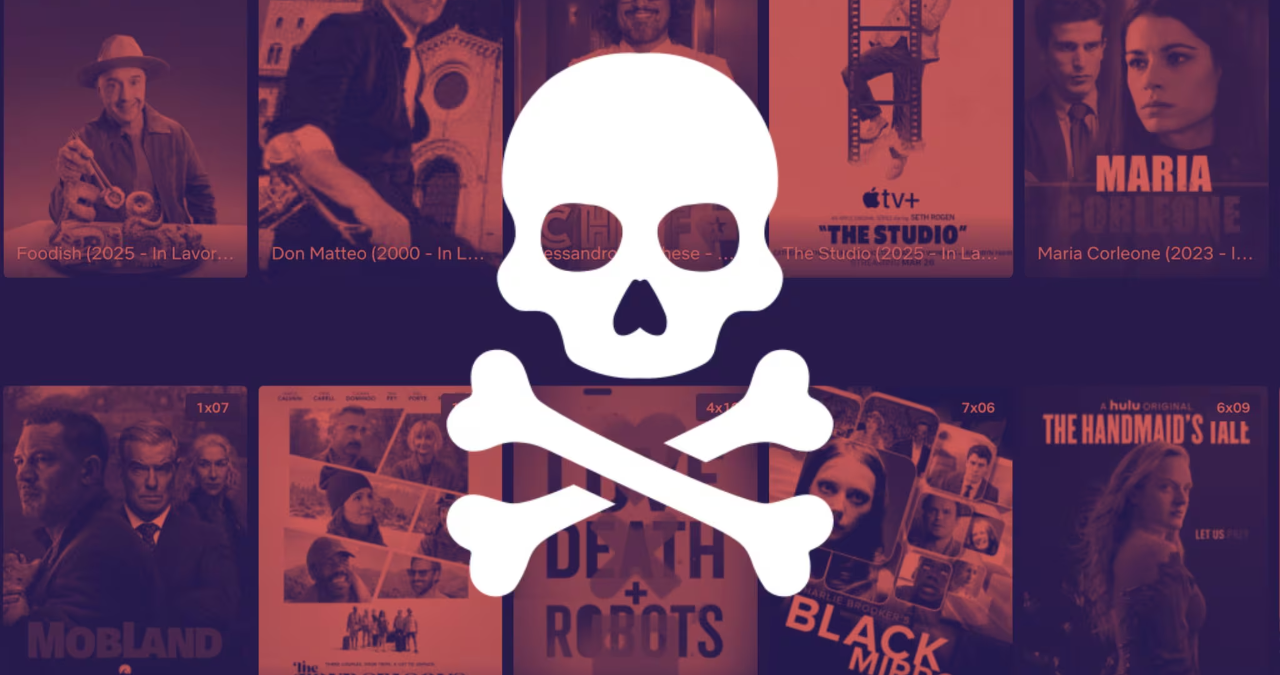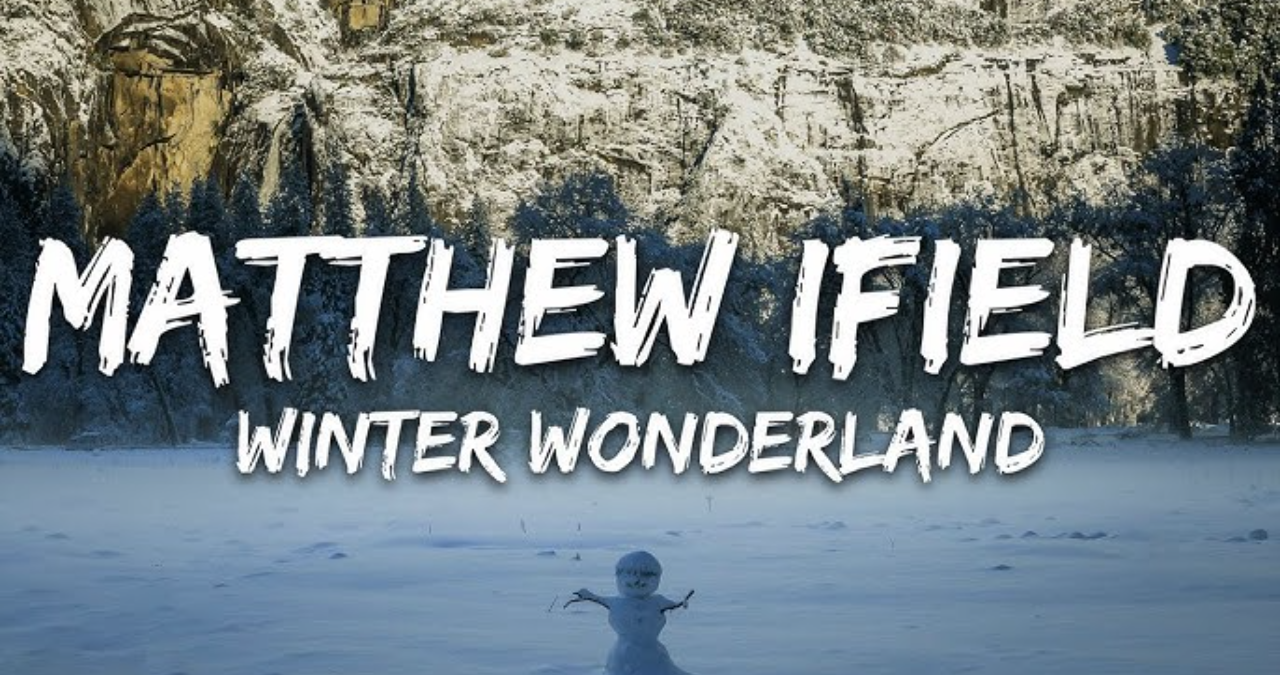What does “Fr” mean? Discover the full story behind this viral slang, how it’s used, where it came from, and why it’s become a staple in modern language. A deep dive into the real meaning of “Fr.”
“Fr” is everywhere — on social media, in memes, in texts, and even creeping into real-life conversations. It might seem small, just two letters, but this compact slang term carries a ton of weight in digital communication. So what exactly does “Fr” mean, where did it come from, and why is it so influential in how people express themselves today? In this article, we dive deep into everything you need to know about the keyword “Fr” — its meaning, origins, usage, variations, and how it has evolved into an iconic part of internet culture.
What Does “Fr” Mean and Where Did It Come From?
“Fr” is a shorthand for the phrase “for real.” It’s used to emphasize sincerity, agreement, or authenticity in a statement. You’ve probably seen it pop up in texts like “That movie was amazing fr,” or “He really did that fr.” It’s a way of underlining that the speaker isn’t joking or exaggerating — they really mean what they’re saying.
The term has deep roots in African American Vernacular English (AAVE), and like many slang phrases, it gained traction through online communities and platforms like Twitter, TikTok, and Instagram. As more people adopted the term, it naturally found its way into mainstream slang.
You can think of “Fr” as a modern affirmation. It tells the listener or reader that something is genuine or that the speaker agrees wholeheartedly. While slang often comes and goes, the simplicity and utility of “Fr” have helped it stick around longer than most.
How Is “Fr” Used in Conversations?
“Fr” is incredibly flexible, which explains a big part of its popularity. It can stand on its own or be added to almost any sentence for emphasis. This versatility makes it a go-to expression in digital communication. Let’s look at a few ways it shows up:
- Agreement: When someone says something you strongly agree with, replying with just “Fr” is all you need. It’s the equivalent of saying “I totally agree.”
- Emphasis: Want to stress that what you’re saying is true? End your sentence with “fr.” For example, “That was the best burger I’ve ever had fr.”
It can also be used with other phrases like “fr fr” (to double down on sincerity) or even sarcastically. This adds layers to communication, making a simple phrase capable of conveying emotion, tone, and authenticity.
What’s unique about “Fr” is how much it relies on context. Depending on the tone and situation, it can be sincere, dramatic, funny, or even mocking. It’s like a linguistic chameleon that adapts to the vibe of the conversation.
Why Is “Fr” So Popular?
The popularity of “Fr” isn’t random — it taps into the way we naturally speak and text. In digital communication, we look for ways to express emotions and tone, which aren’t always easy to do with just text. Emojis help, sure, but words like “Fr” provide a shorthand way of adding depth.
Part of what makes “Fr” so engaging is how relatable it feels. People want to be understood, and they want their statements to land as honest and real. Saying something “for real” adds that extra punch of authenticity that draws attention and earns trust in conversations.
Also, the rise of influencers and meme culture has helped amplify it. Social media thrives on language that is short, punchy, and emotionally expressive — and “Fr” ticks all the boxes. It’s easily memeable, fits well into comments and captions, and aligns with how young people communicate today.
Variations of “Fr” in Digital Slang

While “Fr” is already a shortened term, that hasn’t stopped people from remixing it. Variants like “fr fr,” “frfr,” and even exaggerated versions like “frfrfr” have emerged. These aren’t just fun repetitions — each one carries its own subtle nuance.
- Fr fr: This typically means the speaker really means it. It’s like a verbal head nod combined with a raised eyebrow. When someone says, “That movie changed my life fr fr,” you know they mean business.
- Frfr: Same idea, but often typed quickly in casual chats. The lack of a space makes it feel more like internet shorthand.
- Frfrfr: Used either dramatically or humorously, this is often an over-the-top way to say “I’m being super serious,” or ironically, the opposite.
These evolutions show how dynamic online language is. Even the most basic slang terms morph and evolve to fit the needs of expressive communication.
“Fr” in Pop Culture and Media
Social media has been the main engine behind the growth of “Fr,” but its impact stretches beyond the screen. Music artists, YouTubers, and influencers now use it in everyday speech, making it even more visible. You’ve likely heard your favorite streamer say it mid-sentence or seen it in TikTok captions.
Rap and hip-hop music also played a big part in spreading “Fr.” These genres have always been a breeding ground for slang, and once artists begin using a phrase regularly, it tends to catch fire. Lyrics often reflect street language and youth culture, and “Fr” naturally made its way in.
Even TV shows and movies are catching on. Writers are increasingly including modern slang to make their dialogue sound authentic to younger audiences. If characters say “Fr” on-screen, it mirrors real-life usage and strengthens the connection with viewers.
The Psychological Appeal of Saying “Fr”
Why does a simple phrase like “Fr” feel so satisfying to use? Psychologists suggest that people gravitate toward affirming language because it helps build rapport and trust. When you say something “for real,” it conveys honesty, and people naturally respond to that.
“Fr” also creates a sense of inclusion. When you use popular slang, you feel like part of a group. It’s a kind of social currency that says, “I speak your language.” This is especially true among Gen Z and Millennials who value authenticity and connection.
There’s also a confidence factor. Using “Fr” can make your statements more impactful. Instead of just saying something bland like “I think that’s true,” saying “That’s the truth fr” feels assertive and memorable.
How Brands and Businesses Use “Fr”
Believe it or not, brands are catching on to the power of “Fr.” It’s not just for teenagers in group chats anymore. Marketers have realized that using slang authentically can make their messaging more relatable, especially when targeting younger audiences.
For example, a brand might tweet something like, “This deal is insane fr.” It catches attention, feels less corporate, and invites engagement. But there’s a catch — using slang the wrong way can backfire. If it feels forced or out of place, audiences can sense it, and the brand risks looking out of touch.
That’s why the most successful uses of “Fr” in marketing are subtle and well-placed. Brands that understand internet culture and use language naturally have a better chance of connecting with their audience.
The Do’s and Don’ts of Using “Fr”
If you’re thinking about adopting “Fr” into your own vocabulary, here are a few casual do’s and don’ts to keep in mind.
Do:
- Use it when you mean something sincerely.
- Pair it with humor or sarcasm for added effect.
- Let it come naturally in your messages or speech.
Don’t:
- Overuse it in professional settings (save it for casual convos).
- Force it into places where it doesn’t fit.
- Use it without understanding its context or tone.
The key is authenticity. If you’re saying something that you genuinely believe or agree with, then saying “Fr” can reinforce your message. But if it feels like a stretch, it’s better to skip it.
Common Misconceptions About “Fr”
Some people mistakenly believe that “Fr” is just lazy typing, or that it doesn’t belong in “proper” English. But language isn’t static — it evolves. Slang has always been part of how people communicate.
Think of “Fr” like a modern-day “for sure” or “seriously.” Just because it’s casual doesn’t mean it’s not valid. In fact, many expressions that start as slang eventually make it into dictionaries and formal usage. So dismissing “Fr” as improper misses the point.
Another myth is that “Fr” is only for teenagers or “internet people.” But in reality, it’s used by a wide range of age groups and communities. That’s what makes it so powerful — it transcends boundaries.
FAQs About “Fr”
Q: What does “Fr” mean in texting? A: “Fr” is short for “for real.” It’s used to express honesty, agreement, or emphasize that something is true.
Q: Is “Fr” formal or informal? A: “Fr” is definitely informal. It’s best used in casual conversations, texts, or social media.
Q: Can “Fr” be used in sarcasm? A: Yes! Depending on the context and tone, “Fr” can be used both sincerely and sarcastically.
Q: Where did “Fr” originate? A: “Fr” comes from African American Vernacular English (AAVE) and gained popularity through social media and music.
Q: What’s the difference between “Fr” and “Fr Fr”? A: “Fr Fr” is a more intense form, used to double down on sincerity. It adds more emphasis than a single “Fr.”
Q: Do older generations use “Fr”? A: While it started with younger generations, “Fr” is being used by people of all ages now, especially online.
Q: Is it okay to use “Fr” in professional emails? A: Probably not. “Fr” is informal slang, so it’s best avoided in professional or formal communication.
Q: Can brands use “Fr” in marketing? A: Yes, but it should be used naturally and sparingly. Forced usage can make a brand look out of touch.
Conclusion: Keeping It Real, “Fr”
Language is always evolving, and slang like “Fr” is just one more example of how we adapt communication to fit our digital lives. It’s short, expressive, and real — literally and figuratively. Whether you’re texting a friend, posting a meme, or just vibing in a group chat, “Fr” helps you say more with less. So the next time you want to show you’re serious, authentic, or just really feeling something — don’t overthink it. Just say “Fr.”




